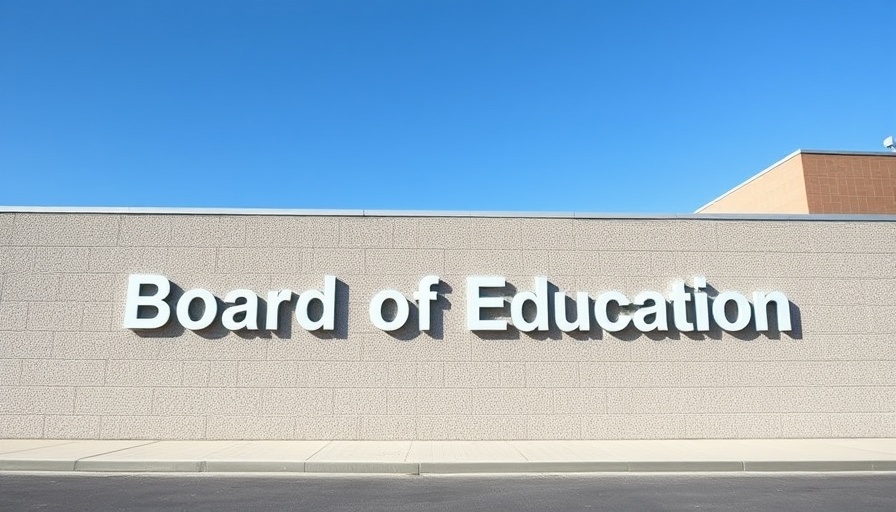
Expanding Restorative Justice: A New Chapter for San Diego Schools
San Diego Unified School District recently took a significant step by expanding its restorative justice policy, aiming to bridge the gaps in school discipline practices. However, this comes at a time when funding meant to support these initiatives is being cut, leading to mixed reactions and increased scrutiny from the community.
Understanding Restorative Justice
Restorative justice focuses on repairing harm and fostering an environment of understanding and dialogue rather than relying on traditional punitive measures. Schools implementing these strategies aim to reduce suspension and expulsion rates, which historically have disproportionately affected minority and underserved students.
Addressing Discipline Inequities
Research indicates that punitive discipline methods can exacerbate behavioral issues, especially in marginalized groups. San Diego Unified's new policy seeks to tackle these challenges head-on. With Black students previously facing four times higher suspension rates compared to their white peers, this approach aims to create a more equitable and supportive school environment.
The Mixed Results of Implementation
Despite the noble intentions behind the initiative, stakeholders have raised concerns. While disciplinary actions have decreased in number, uneven implementation has led some to question its effectiveness, fearing that a lack of consistent application might lead to a deterioration of order in classrooms rather than improvement.
Looking Ahead: The Future of Discipline
The decision to expand restorative justice presents an opportunity for change. However, cutting the positions that promote these policies raises concerns about sustainability and effective execution. Will the school district be able to maintain the momentum and positive outcomes without dedicated staff to guide and support these essential practices?
As the San Diego community navigates these changes, it remains critical for parents, educators, and local leaders to engage in discussions about the future of discipline in schools. The balance between restoring justice and ensuring a safe, structured learning environment is delicate—but vital for the success of all students.
 Add Row
Add Row  Add
Add 




Write A Comment